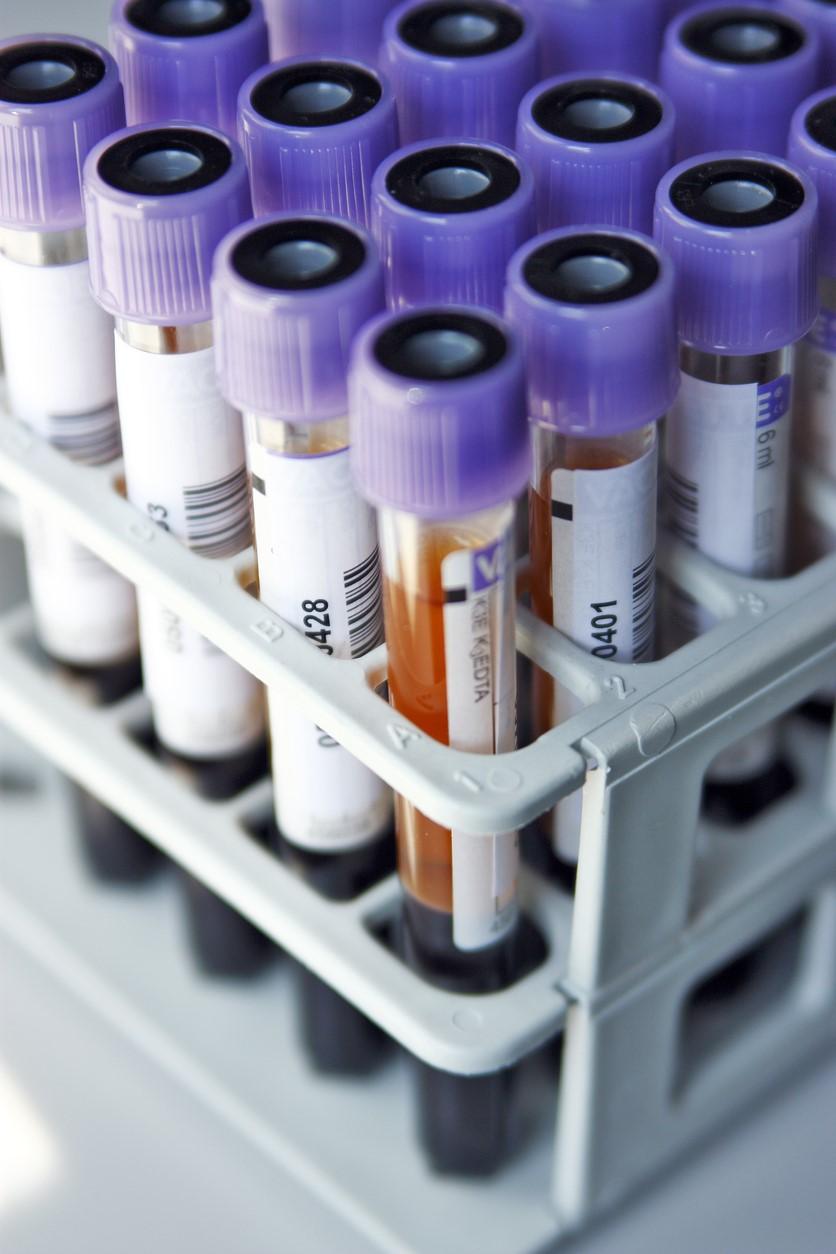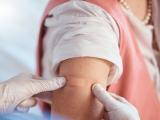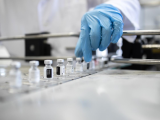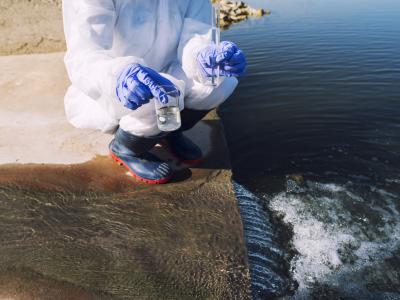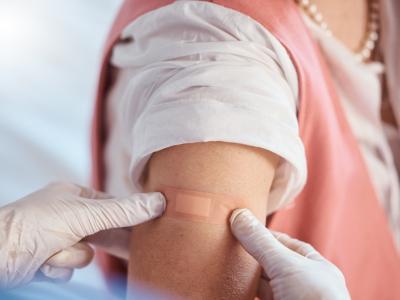New COVID-19 seroprevalence data from the Centers for Disease Control and Prevention (CDC) show that the Omicron surge infected a huge swath of Americans, with overall seroprevalence rising from 33.5% in December of 2021 to 57.7% in February 2022.
The data, which reflect the presence of SARS-CoV-2 antibodies in the blood, indicating a previous infection, were published today in Morbidity and Mortality Weekly Report.
The increase was seen most dramatically in children. In kids ages 0 to 11, seroprevalence jumped from 44.2% to 75.2%, and in kids 12 to 17, it rose from 45.6% to 74.2%.
"As of February 2022, approximately 75% of children and adolescents had serologic evidence of previous infection with SARS-CoV-2, with approximately one third becoming newly seropositive since December 2021," the CDC and other US authors of the report said.
Seroprevalence studies can help detect infections that were asymptomatic or unreported. The antibodies detected are those produced only by natural infection—and not from vaccines.
The presence of antibodies to a previous infection should not be interpreted as protection from future infections, the authors warned. Instead, vaccination is the safest way to increase protection from future infections, the authors said today at a press briefing.
"Those who have detectable antibody from prior infection, we still continue to encourage them to get vaccinated," CDC Director Rochelle Walensky, MD, MPH, said today during a press briefing. "We don't know when that infection was. We don't know whether that protection has waned."
The CDC COVID Data Tracker shows that 66.1% of Americans are fully vaccinated against COVID-19, 77.5% have received at least one dose of vaccine, and 45.6% of those eligible have received their first booster dose.
Data from health departments in all 50 states show that millions of COVID-19 vaccine doses have either gone to waste, remain unused, or will expire in the coming weeks and months, ABC News reports.
Cases rising, especially in Northeast
During the briefing Walensky gave an overview on pandemic numbers. "Overall we have some mixed trends," she said. The 7-day average of deaths is trending downwards, to 300 per day. Hospital admissions stand at 1,500 per day—low, but trending upward for the second week in a row.
Daily case counts average 44,000 per day, an increase of 25% in the past week.
During a White House briefing today, coordinator of the COVID-19 Response Ashish Jha, MD, pushed for a broader use of Paxlovid, a therapeutic made by Pfizer that can treat COVID-19 infections in those at risk for severe complications. Jha spoke hours after news broke that Vice President Kamala Harris had tested positive for the virus but was asymptomatic.
"The goal of our policy is to make sure people don't get seriously ill, make sure they're vaccinated and boosted, and make sure we have therapeutics," Jha said. "If you get COVID, you should see a provider and make the assessment. A lot more people are eligible."
Jha said the Biden administration was opening up a federal pharmacy channel, meaning pharmacies could order the pills directly from the government in the next several weeks.
"Paxlovid will be widely available everywhere in America," he said.
1.4 billion vaccine doses via COVAX
A total of 1.4 billion vaccine doses have been distributed to 145 countries through COVAX, according to a new report on the action of the ACT Accelerator (Access to COVID-19 Tools) from the World Health Organization (WHO).
The Accelerator was created to equitably deliver vaccines, therapeutics, and diagnostics to low- and middle-income countries. In addition to the 1.4 billion vaccine doses, the Accelerator has also aided in building the sequencing capacity in South Africa that first detected the Omicron variant and helped negotiate supplemental oxygen prices in 120 countries.
In a forward on the report, WHO Director-General Tedros Adhanom Ghebreyesus, MD, writes, "WHO's goal to vaccinate 70% of the population of every country remains essential for bringing the pandemic under control.
"While most high-and upper-middle income countries have surpassed that target, today, 1.8 billion people in low- and low-and middle-income settings have yet to receive their first dose."
More deaths in Shanghai
In other global developments, Beijing has extended mass testing to 10 more districts and an economic area. Roughly 75% of the 22 million citizens of that city have been tested in an effort to avoid a Shanghai-like lockdown.
The latest update from China notes 17,724 new local cases, of which 1,908 are asymptomatic. Of the asymptomatic cases, 96% are from Shanghai, and, of the symptomatic cases, 87% are from Shanghai. Beijing has 32 more asymptomatic cases and 1 more symptomatic case.
China also has 52 more deaths, all in Shanghai.
